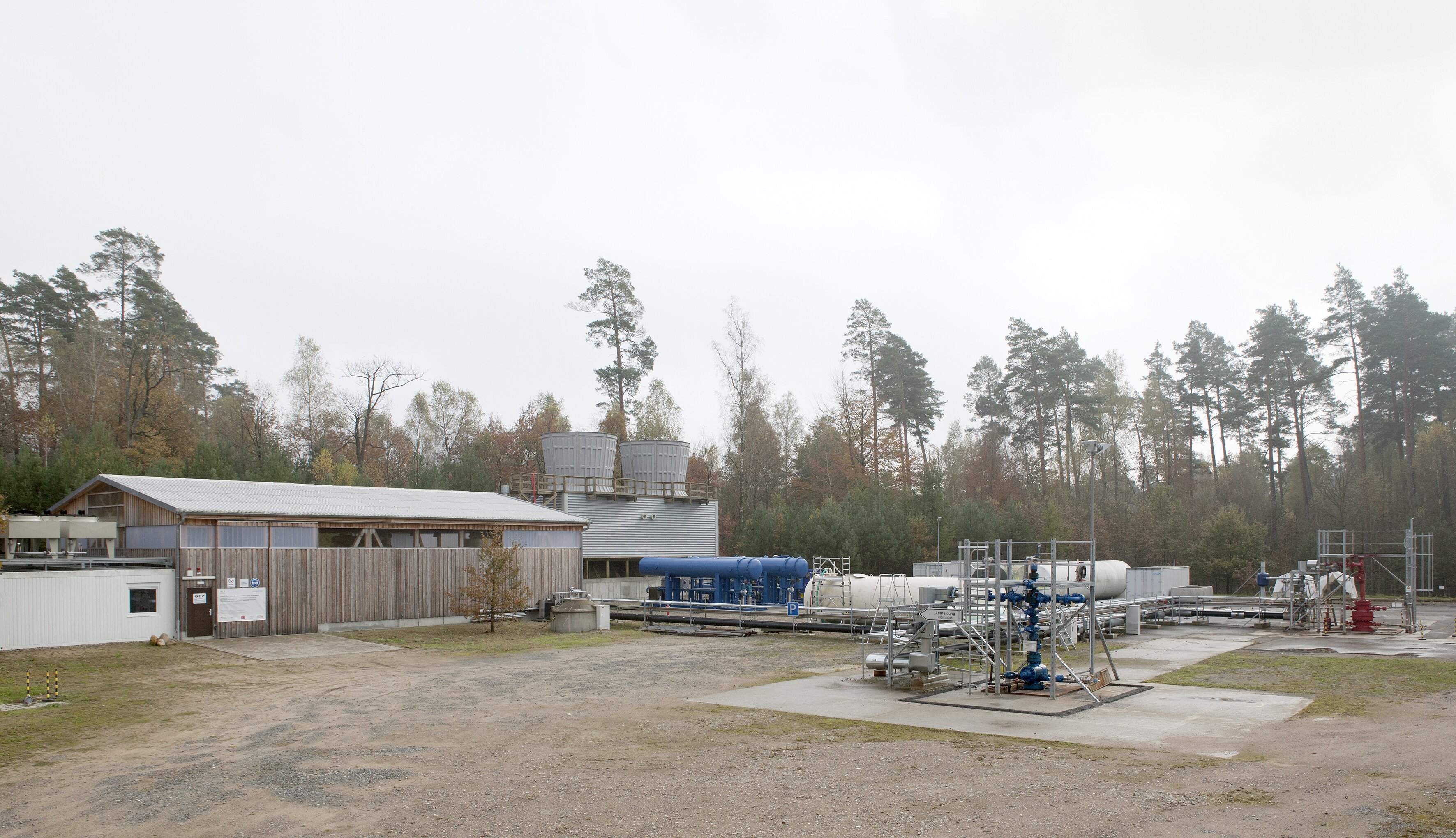Groß Schönebeck, Germany
The EGS pilot plant is located in deep sedimentary structures which consists of two deep wells (4 300 m and 4 400 m) with an injection well (GrSk3/90) and a production well (GrSk4/05). The doublet system was established in 2007 and tested in the subsequent years. Downhole measurements and logging, well testing and reservoir stimulation tests, surface geophysical monitoring, reservoir simulation as well as cross-well measurements can be performed at this research platform. Reservoir stimulation and short-time testing were undertaken, but the long-term performance proved not to be sustainable due to chemical precipitation. The concept of circulation was based on a matrix dominated flow through the permeable sandstones between the doublets. Finally, no sustainable and sufficient flow rate could be achieved and it is assumed that the transmissibility between the wells is lower than expected from the previous testing.
Groß Schönebeck serves as a fall-back option in the DESTRESS project.
| Operator |

|
|---|---|
| Work Package No |
5 |
| Location |
Groß Schönebeck, Germany |
| Construction Year |
2007 |
| Foreseen Stimulation Techniques |

Multistage (tensile and shear) fracturing |
| Type of Use |
Geothermal Research Platform |
| Soil Condition |
Tight sandstone and volcanic rocks |
| Production Horizon |
Rotliegend |
| Upper Depth (m) |
4200 |
| Thickness (m) |
200 |
| T (°C) |
150 |
| Salinity (g/l) |
250 |
| Contact |
Helmholtz Zentrum Potsdam |




